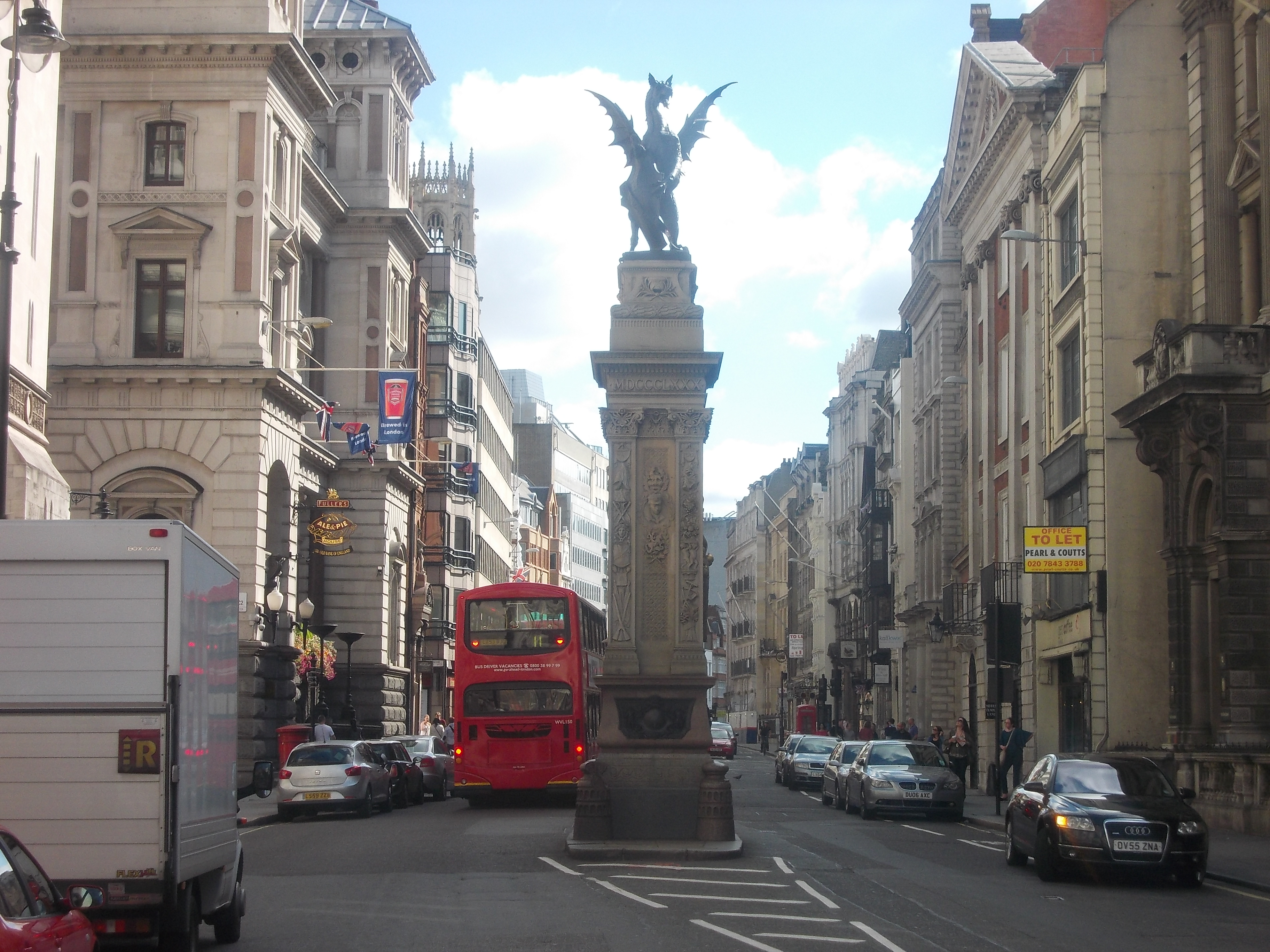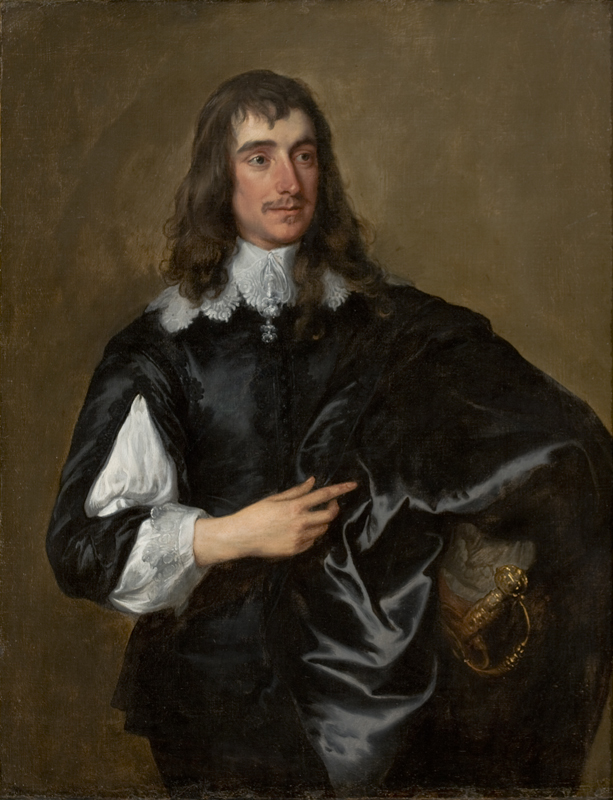|
William Forster (mathematician)
William Forster (fl. 1630–1673) was an English mathematician living in London, a pupil of the celebrated mathematician and astronomer clergyman William Oughtred (1574-1660). He is best known for his book, a translation and edition of Oughtred's treatise entitled ''The Circles of Proportion''. Oughtred invented horizontal and circular forms of the slide rule, and Forster persuaded his master to let him translate his writings about their form and use, and to publish them. The publication resulted in a controversy, because another student of Oughtred's, Richard Delamain the elder, during the two years (1630-32) in which Forster was preparing the book, brought out two treatises on the same subject claiming the inventions as his own, and addressing himself to royal patronage. Forster's work was dedicated to that eminent intellectual, Sir Kenelm Digby (1603-1665), and the account of Oughtred's claim is found in Forster's ''Preface'', or ''Letter of Dedication''. Following the invention ... [...More Info...] [...Related Items...] OR: [Wikipedia] [Google] [Baidu] |
Floruit
''Floruit'' (; abbreviated fl. or occasionally flor.; from Latin for "they flourished") denotes a date or period during which a person was known to have been alive or active. In English, the unabbreviated word may also be used as a noun indicating the time when someone flourished. Etymology and use la, flōruit is the third-person singular perfect active indicative of the Latin verb ', ' "to bloom, flower, or flourish", from the noun ', ', "flower". Broadly, the term is employed in reference to the peak of activity for a person or movement. More specifically, it often is used in genealogy and historical writing when a person's birth or death dates are unknown, but some other evidence exists that indicates when they were alive. For example, if there are wills attested by John Jones in 1204, and 1229, and a record of his marriage in 1197, a record concerning him might be written as "John Jones (fl. 1197–1229)". The term is often used in art history when dating the care ... [...More Info...] [...Related Items...] OR: [Wikipedia] [Google] [Baidu] |
Tangent
In geometry, the tangent line (or simply tangent) to a plane curve at a given point is the straight line that "just touches" the curve at that point. Leibniz defined it as the line through a pair of infinitely close points on the curve. More precisely, a straight line is said to be a tangent of a curve at a point if the line passes through the point on the curve and has slope , where ''f'' is the derivative of ''f''. A similar definition applies to space curves and curves in ''n''-dimensional Euclidean space. As it passes through the point where the tangent line and the curve meet, called the point of tangency, the tangent line is "going in the same direction" as the curve, and is thus the best straight-line approximation to the curve at that point. The tangent line to a point on a differentiable curve can also be thought of as a ''tangent line approximation'', the graph of the affine function that best approximates the original function at the given point. Similarly ... [...More Info...] [...Related Items...] OR: [Wikipedia] [Google] [Baidu] |
Temple Bar, London
Temple Bar is a building that was until 1878 the principal ceremonial entrance to the City of London from the City of Westminster; since relocated, it is today the home of the Worshipful Company of Chartered Architects and an education centre focused on architecture and heritage in the City of London. In the middle ages, London expanded city jurisdiction beyond its walls to gates, called ‘bars’, which were erected across thoroughfares. To the west of the City of London, the bar was located in the area known as the Temple. Temple Bar was situated on the historic royal ceremonial route from the Tower of London to the Palace of Westminster, the two chief residences of the medieval English monarchs, and from the Palace of Westminster to St Paul's Cathedral. The road east of where Temple Bar once stood and within the City is Fleet Street, while the road to the west, in Westminster, is The Strand. The Corporation of the City of London formerly erected a barrier to regulate tra ... [...More Info...] [...Related Items...] OR: [Wikipedia] [Google] [Baidu] |
St Clement Danes
St Clement Danes is an Anglican church in the City of Westminster, London. It is situated outside the Royal Courts of Justice on the Strand. Although the first church on the site was reputedly founded in the 9th century by the Danes, the current building was completed in 1682 by Sir Christopher Wren. Wren's building was gutted during the Blitz and not restored until 1958, when it was adapted to its current function as the central church of the Royal Air Force. The church is sometimes claimed to be the one featured in the nursery rhyme "Oranges and Lemons" and the bells do indeed play that tune every day at 9 am, noon, 3pm and 6pm—as reported in 1940 the church's playing of the tune was interrupted during World War II due to Nazi bombing. However, St Clement's Eastcheap, in the City of London, also claims to be the church from the rhyme. St Clement Danes is known as one of the two 'Island Churches', the other being St Mary-le-Strand. History Connection to the Danes There ... [...More Info...] [...Related Items...] OR: [Wikipedia] [Google] [Baidu] |
Thomas Brudenell, 1st Earl Of Cardigan
Thomas Brudenell, 1st Earl of Cardigan (c. 1583 – 16 September 1663), known as Sir Thomas Brudenell, Bt, between 1611 and 1628 and as The Lord Brudenell between 1628 and 1661, was an English peer and Royalist soldier. Brudenell was the son of Robert Brudenell, of Doddington, Huntingdonshire, and Deene, Northamptonshire, by Catherine Taylarde, daughter of Geoffrey Taylarde, and heiress of her grandfather Sir Lawrence Taylarde. He was the grandson of Sir Thomas Brudenell, High Sheriff of Rutland, and the great-grandson of Sir Robert Brudenell, Lord Chief Justice of the Common Pleas. He succeeded to the Deene estates in 1606 on the death of his paternal uncle. In 1611 he was created a Baronet, of Deene in the County of Northampton. Like many of his family, and his wife's family, he openly professed the Roman Catholic faith. As such he was repeatedly prosecuted for recusancy, but the high regard in which he was held by his Protestant neighbours allowed him to escape the rigours ... [...More Info...] [...Related Items...] OR: [Wikipedia] [Google] [Baidu] |
Charles I Of England
Charles I (19 November 1600 – 30 January 1649) was King of England, Scotland, and Ireland from 27 March 1625 until his execution in 1649. He was born into the House of Stuart as the second son of King James VI of Scotland, but after his father inherited the English throne in 1603, he moved to England, where he spent much of the rest of his life. He became heir apparent to the kingdoms of England, Scotland, and Ireland in 1612 upon the death of his elder brother, Henry Frederick, Prince of Wales. An unsuccessful and unpopular attempt to marry him to the Spanish Habsburg princess Maria Anna culminated in an eight-month visit to Spain in 1623 that demonstrated the futility of the marriage negotiation. Two years later, he married the Bourbon princess Henrietta Maria of France. After his 1625 succession, Charles quarrelled with the English Parliament, which sought to curb his royal prerogative. He believed in the divine right of kings, and was determined to govern acc ... [...More Info...] [...Related Items...] OR: [Wikipedia] [Google] [Baidu] |
Richard Delamaine
Richard Delamaine or Delamain, known as the elder (bef. 1629 – bef. 1645), was an English mathematician, known for works on the circular slide rule and sundials. Life His earliest published work ''Grammelogia'' was dedicated to Charles I. It was attacked in William Oughtred's ''Circles of Proportion'' (1631), on grounds of plagiarism: Oughtred had taught Delamaine, and considered that the work simply reproduced his mathematical instruments without any serious understanding of the theory on which they depended. Subsequently Delamaine enjoyed royal favour and the appointment of tutor to the king in mathematics, and quartermaster-general. His widow described him in those terms, in 1645, when she petitioned the House of Lords. He left ten children, one of whom bore his name, who is tentatively identified with the mathematician Richard Delamaine the younger. Charles I, just before his death, sent to his son James, Duke of York James VII and II (14 October 1633 16 September 1 ... [...More Info...] [...Related Items...] OR: [Wikipedia] [Google] [Baidu] |
Courier Corporation
Dover Publications, also known as Dover Books, is an American book publisher founded in 1941 by Hayward and Blanche Cirker. It primarily reissues books that are out of print from their original publishers. These are often, but not always, books in the public domain. The original published editions may be scarce or historically significant. Dover republishes these books, making them available at a significantly reduced cost. Classic reprints Dover reprints classic works of literature, classical sheet music, and public-domain images from the 18th and 19th centuries. Dover also publishes an extensive collection of mathematical, scientific, and engineering texts. It often targets its reprints at a niche market, such as woodworking. Starting in 2015, the company branched out into graphic novel reprints, overseen by Dover acquisitions editor and former comics writer and editor Drew Ford. Most Dover reprints are photo facsimiles of the originals, retaining the original pagination and ... [...More Info...] [...Related Items...] OR: [Wikipedia] [Google] [Baidu] |
David Eugene Smith
David Eugene Smith (January 21, 1860 – July 29, 1944) was an American mathematician, educator, and editor. Education and career David Eugene Smith is considered one of the founders of the field of mathematics education. Smith was born in Cortland, New York, to Abram P. Smith, attorney and surrogate judge, and Mary Elizabeth Bronson, who taught her young son Latin and Greek. He attended Syracuse University, graduating in 1881 (Ph. D., 1887; LL.D., 1905). He studied to be a lawyer concentrating in arts and humanities, but accepted an instructorship in mathematics at the Cortland Normal School in 1884 where he attended as a young man. While at the Cortland Normal School Smith became a member of the Young Men's Debating Club (today the Delphic Fraternity.) He became a professor at the Michigan State Normal College in 1891 (later Eastern Michigan University), the principal at the State Normal School in Brockport, New York (1898), and a professor of mathematics at Teachers Colleg ... [...More Info...] [...Related Items...] OR: [Wikipedia] [Google] [Baidu] |
Beam Compass
A beam compass is a compass with a beam and sliding sockets or cursors for drawing and dividing circles larger than those made by a regular pair of compasses. The instrument can be as a whole, or made on the spot with individual sockets (called trammel points) and any suitable beam. Draftsman's beam compass A draftsman's beam compass consists of a set of points and holders, mounted on a plated brass, aluminum, or German 'silver' rod. One end is generally locked down at the end of the rod, while the other has both rough and fine adjustments, though some are opposite in construction. The locked tip holder consists of a needle, for the centre of the radius, and the other holds either a lead clutch, or an inking nib. There are older variants which use a wooden beam. Another similar type is a Machinist or Engineers beam compass, which uses scribing points only, similar to ones used by woodworkers, except that its fine adjustment is generally more refined. These beam compasses can ... [...More Info...] [...Related Items...] OR: [Wikipedia] [Google] [Baidu] |
Sine And Cosine
In mathematics, sine and cosine are trigonometric functions of an angle. The sine and cosine of an acute angle are defined in the context of a right triangle: for the specified angle, its sine is the ratio of the length of the side that is opposite that angle to the length of the longest side of the triangle (the hypotenuse), and the cosine is the ratio of the length of the adjacent leg to that of the hypotenuse. For an angle \theta, the sine and cosine functions are denoted simply as \sin \theta and \cos \theta. More generally, the definitions of sine and cosine can be extended to any real value in terms of the lengths of certain line segments in a unit circle. More modern definitions express the sine and cosine as infinite series, or as the solutions of certain differential equations, allowing their extension to arbitrary positive and negative values and even to complex numbers. The sine and cosine functions are commonly used to model periodic phenomena such as sound and li ... [...More Info...] [...Related Items...] OR: [Wikipedia] [Google] [Baidu] |
William Oughtred
William Oughtred ( ; 5 March 1574 – 30 June 1660), also Owtred, Uhtred, etc., was an English mathematician and Anglican clergyman.'Oughtred (William)', in P. Bayle, translated and revised by J.P. Bernard, T. Birch and J. Lockman, ''A General Dictionary, Historical and Critical'', (James Bettenham, for G. Strachan and J. Clarke, London 1734/1739), Vol. VIIIpp. 77-86(Google). After John Napier invented logarithms and Edmund Gunter created the logarithmic scales (lines, or rules) upon which slide rules are based, Oughtred was the first to use two such scales sliding by one another to perform direct multiplication and division. He is credited with inventing the slide rule in about 1622. He also introduced the "×" symbol for multiplication and the abbreviations "sin" and "cos" for the sine and cosine functions. Clerical life Education The son of Benjamin Oughtred of Eton in Buckinghamshire (now part of Berkshire), William was born there on 5 March 1574/75 and was educated ... [...More Info...] [...Related Items...] OR: [Wikipedia] [Google] [Baidu] |




